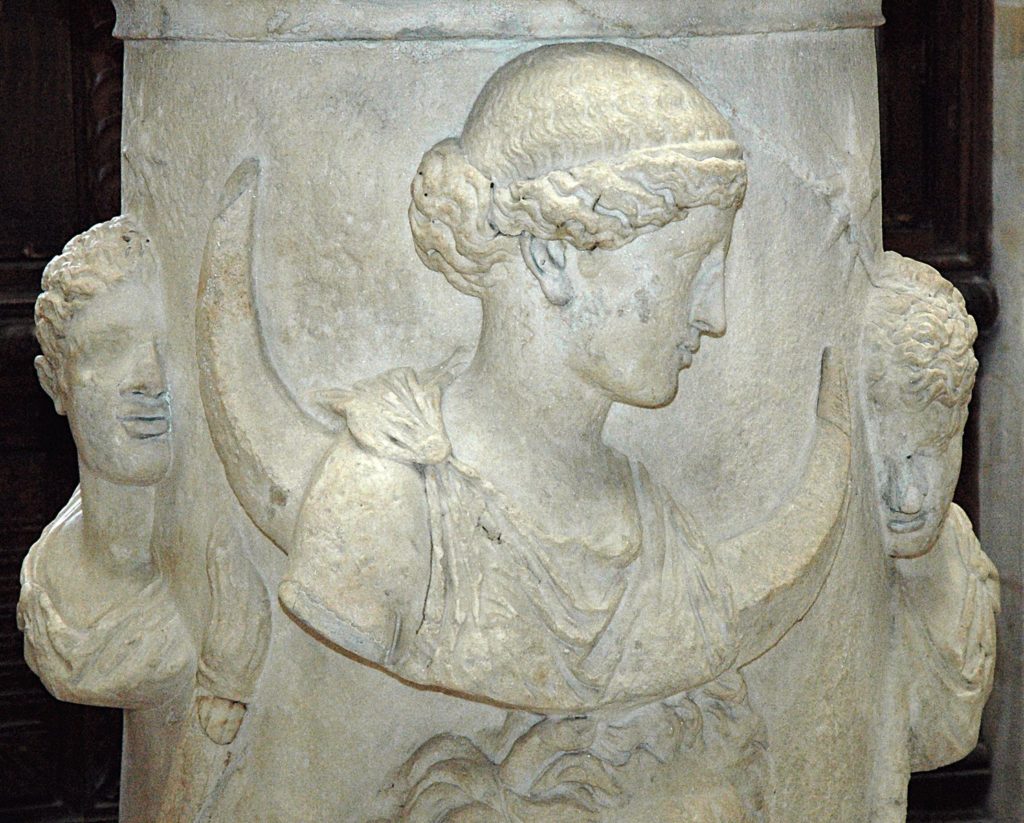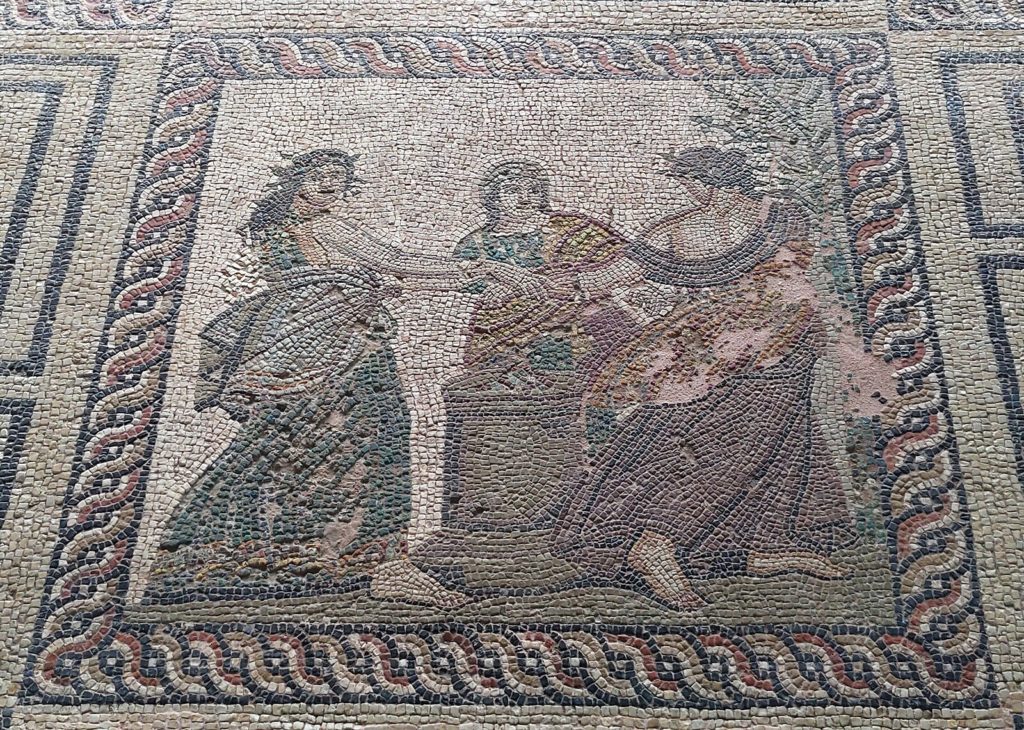
Greek mythology is full of unknown gods that remained in the shadows of the more well-known ones, such as Zeus, Ares, or the patroness of hunting, Artemis.
They did not spend their days on Olympus, and relatively little was known of them in contrast to more famous gods. However, they were remembered for their unusual roles, for which they were revered.
Priapus, Unknown Deity Associated With a Giant Phallic Symbol
PRIAPOS (Priapus) was the god of vegetable gardens. Primitive statues of the god were set-up in vegetable gardens to promote fertility. These also doubled as scarecrows, keeping the birds away. He has many stories…#FolkloreThursday https://t.co/M9tNVkfznF pic.twitter.com/fMOhiHoNEs
— SelineSigil (@SelineSigil9) July 2, 2020
The little-known Priapus played a minor role in Greek mythology and was the god of fertility, protector of livestock, fruit plants, gardens, and male genitalia.
The latter became the main attribute of his image. On the ancient frescoes from Pompeii, he is depicted with an exaggerated phallic symbol, around which myths were also concentrated. His mother was Aphrodite, and, according to sources, his father was either Hermes or Dionysus.
According to ancient legends, the huge genitals were the curse of Priapus. It is believed that Hera, the wife of Zeus, cursed him out due to a mixture of indignation and jealousy with the promiscuity of Aphrodite. The mother quickly abandoned her son, who was raised by shepherds. Later, Priapus finally managed to ingratiate himself with Hera, becoming a dance teacher for her son, Ares, the future god of war.
Horai, goddesses of the seasons

Several important but little-known characters in Greek mythology were responsible for the seasons and natural periods of time. They were the guardians of the Olympus gates and supervised the rotation of the celestial constellations by which the year was measured. The ancient Greeks believed that they had three sisters, the Moirai, who wove the web of fate.
Since they ruled the seasons, their main admirers were farmers. Ancient agriculture depended heavily on the rising and setting of the stars, which were considered to be measures of the passing season.
It is believed that they joyfully welcomed the newborn Aphrodite, dressing her in heavenly clothes.
Selene, Embodiment of the Moon
Roman terracotta bust of the moon-goddess Selene, crowned with the crescent moon.
Allard Pierson Museum, Amsterdam pic.twitter.com/7S8ZDdGtRG— SubRosa )✿( Magick (DM to book a reading) (@SubRosaMagick) August 30, 2023
Another sky-bound and unknown goddess, Selene, was the titanic goddess of the moon. She was depicted as a woman sitting on a side saddle upon a horse or driving a chariot drawn by a pair of winged horses. Her head was often crowned with a lunar sphere or crescent. There was a belief that she was driving a wolf team. Her other attribute, the crescent moon, was compared to a pair of bull horns.
She was greatly loved by the beautiful shepherd-prince Endymion. Zeus gave him eternal youth and immortality but then placed him in a state of eternal sleep in a cave on top of Mount Latmos. According to legends, Selena did not leave her lover and visited him there at night.
This is not the only woman associated with the moon in ancient Greek mythology, but only Selene was depicted by ancient poets as the living embodiment of the moon.
Proteus, Unknown God of the Sea
Proteus, shapeshifting God of the Sea. #SwampSunday pic.twitter.com/Xx1WsoATO0
— Psyche's Cinema – short films (@Psyche_Cinema) July 17, 2022
Everyone knows the mighty god Poseidon, but his son, Proteus, who could predict the future, largely remained in the shadow of his father.
Proteus was also considered a sea god and was known as the sea’s old man. In ancient Greece, it was believed that Proteus had knowledge about the past, present, and future but was in no hurry to share it with anyone. To get a response from Proteus, he had to be captured first. This was possible only at noon, when the god was asleep. At the same time, the difficulty lay in Proteus’ ability to morph himself into any shape he wished.
This superpower of Proteus was reflected in ancient Greek observations pertaining to the nature of the sea. Over the centuries, observers have noted the constant variability of the sea. Its surface is constantly fluctuating, and it quickly transitions from a serene state to furious waves.
Nemesis, a vengeful, less-known goddess

Strict and vindictive Nemesis would hardly like those lucky people who won the lottery. She was associated with retribution for evil deeds and undeserved good fortune. The goddess symbolized the fury aroused in the minds and hearts by unpunished criminals or even by those who enjoyed extraordinarily good fortunes. Nemesis maintained a slight balance, directing life events in a way that kept harmony. Her name translates to “she who restores or distributes.”
She measured well-being and unhappiness, strictly ensuring that there was not too much happiness. If the balance was disturbed, Nemesis could bring some harm. In ancient myths, she was the embodiment of a vengeful and punishing deity.
She was often depicted with wings and apple tree branches. In some Trojan War legends, Nemesis was also Helen’s mother.
See all the latest news from Greece and the world at Greekreporter.com. Contact our newsroom to report an update or send your story, photos and videos. Follow GR on Google News and subscribe here to our daily email!



